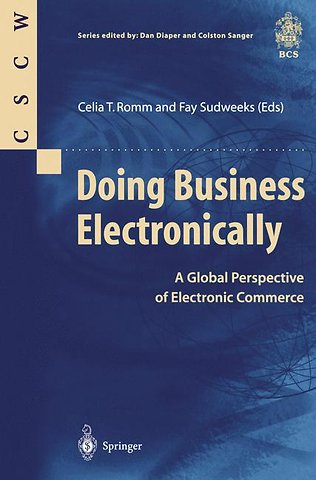Doing Business Electronically
A Global Perspective of Electronic Commerce
Paperback Engels 1999 1e druk 9783540761594Samenvatting
This volume presents a global perspective on the major areas of electronic commerce, including (but not limited to) those related to the World Wide Web. It does not focus on technical issues, but instead examines the commercial, social and cultural aspects of electronic commerce, including buyer-seller relationships, consumer decision making, information strategy, EDI, electronic banking, information systems for electronic banking, and channel integration.
Specificaties
Lezersrecensies
Inhoudsopgave
Rubrieken
- advisering
- algemeen management
- coaching en trainen
- communicatie en media
- economie
- financieel management
- inkoop en logistiek
- internet en social media
- it-management / ict
- juridisch
- leiderschap
- marketing
- mens en maatschappij
- non-profit
- ondernemen
- organisatiekunde
- personal finance
- personeelsmanagement
- persoonlijke effectiviteit
- projectmanagement
- psychologie
- reclame en verkoop
- strategisch management
- verandermanagement
- werk en loopbaan

